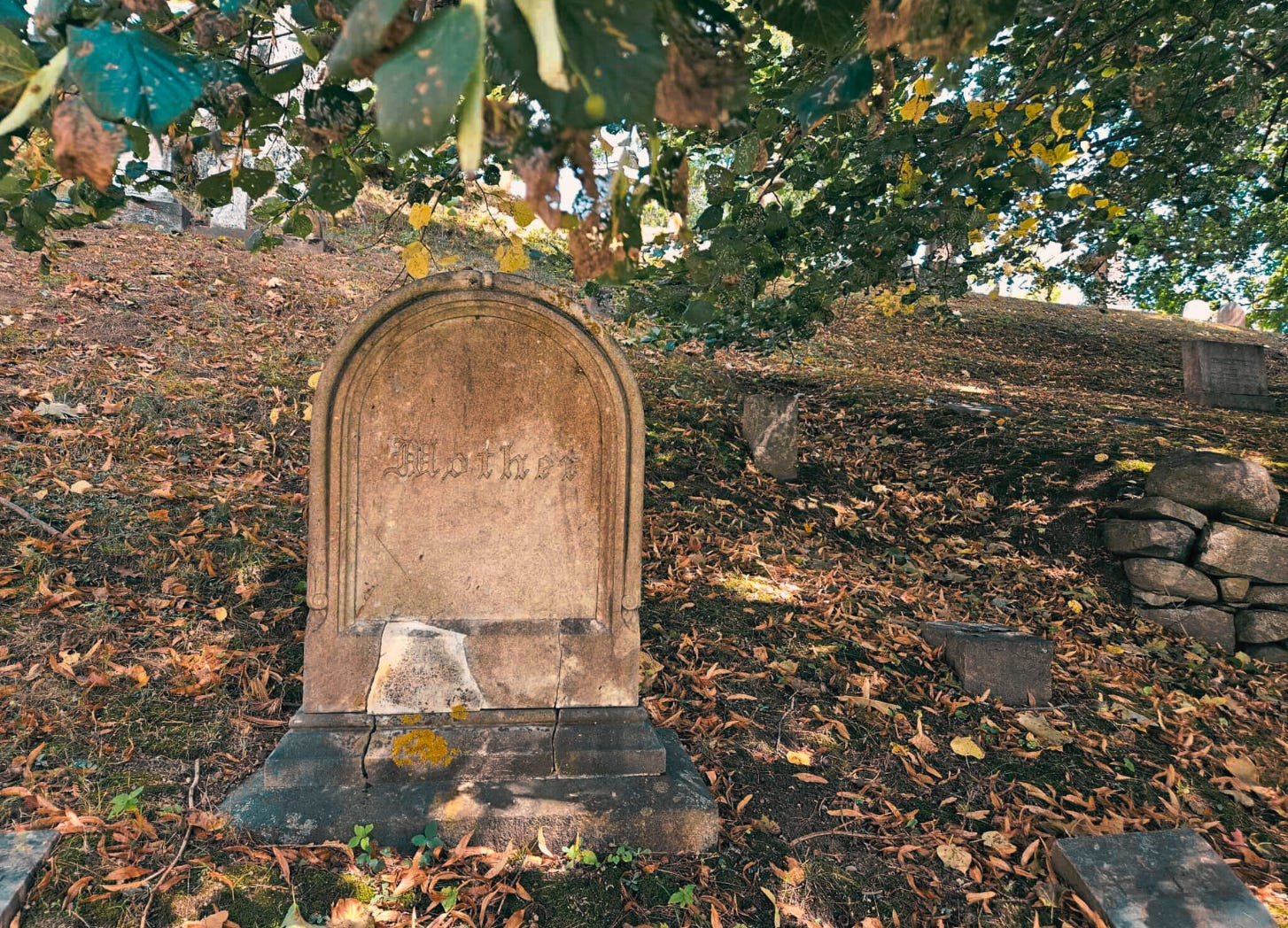The dead don't talk but they do tell stories
Meet me at the cemetery gates
Once or twice a week after the workday is done, I will go upstairs, get in bed, open up TikTok on my phone and scroll until my brain begins to moulder and rot like a sandwich left out in the rain.
While ping-ponging between videos of mini donkeys, Indian recipes and drag queens ea…



